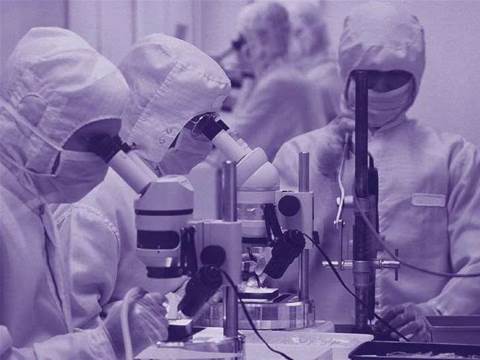The lab will enable its research and development team in Japan to work with local operators to conduct rigorous tests on LTE systems before delivery.
In addition, the lab will also serve as an incubator for LTE technologies and as a training facility for the implementation and commercialisation of the next-generation wireless technology.
Yan Lida, representative and managing director of Huawei Japan said by providing an environment for innovation and training, it can contribute to Japanese customers' R&D efforts in this field.
"The facility offers a suite of testing facilities and a real-world environment in which tests such as peak throughput, latency, multi-users, quality of service (QoS), handover, Element-level Management System (EMS) operation and Self-Organizing Network (SON) can be conducted," he said.
"The lab's downlink data rate at application layer can reach 140 Mbps through a single remote radio unit (RRU) with 20 Mhz bandwidth. It is also equipped with Huawei's fourth-generation DBS3900 base station v."
The Chinese telecommunications network vendor also said Finnish-based TeliaSonera has chosen to deploy Huawei's SingleRAN solution.
The deal will enable TeliaSonera to simultaneously provide its subscribers in Finland with high-quality GSM and UMTS services using the same 900 MHz spectrum.
This network is one of Europe's first GSM/UMTS converged network based on Software Defined Radio (SDR) technology.












.jpg&w=100&c=1&s=0)
_(8).jpg&w=100&c=1&s=0)









